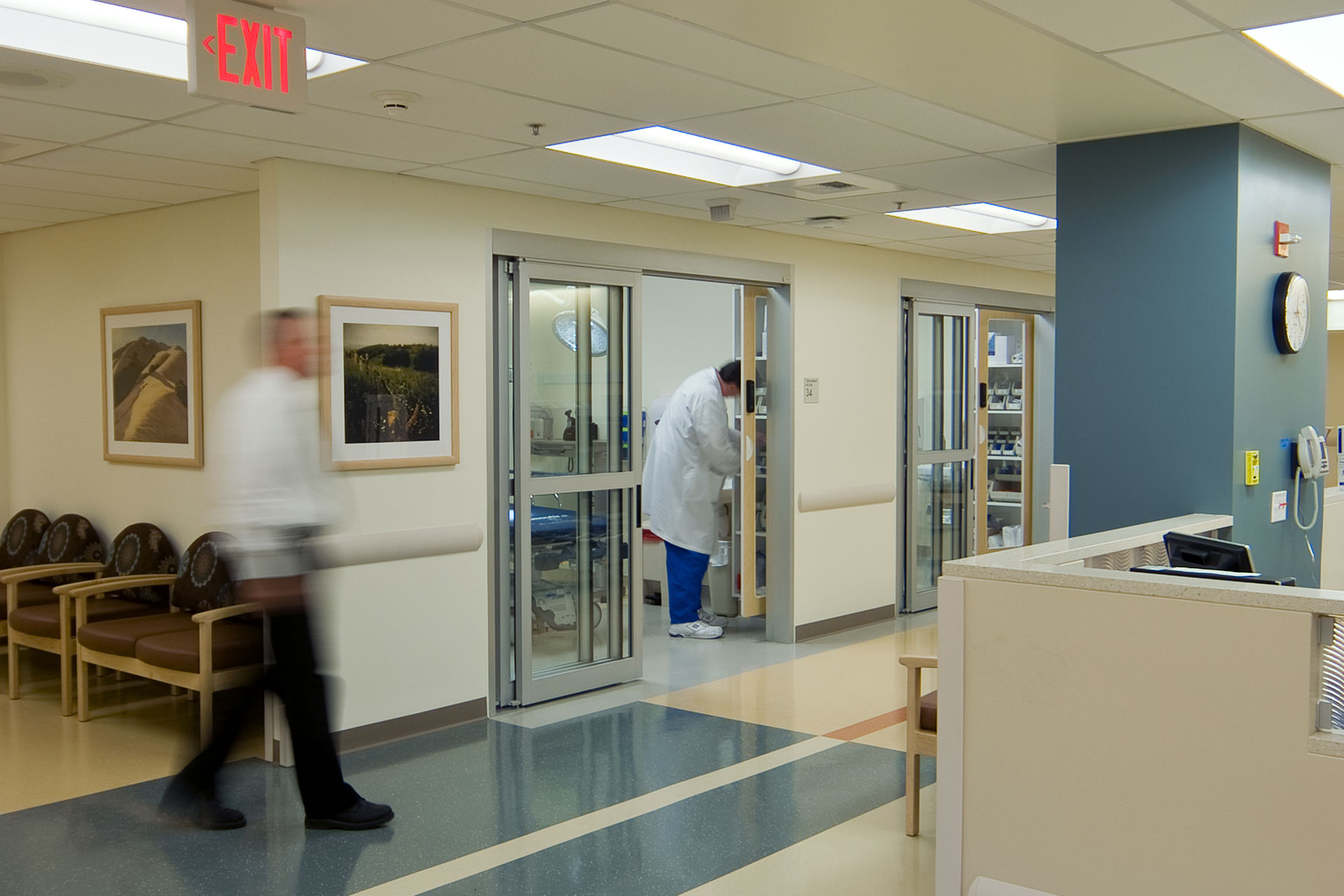
By Julie Wycoff
I recently had the pleasure of attending a conference focused on Emergency Department design hosted by The Center for Healthcare Design and held at the AIA San Francisco. TLCD Architecture is a corporate affiliate of the CHC which gives us access to a wide array of seminars, webinars and conferences related to healthcare design. The topics presented at the ED Design Conference delved deeply into the current thinking of how Emergency Departments are designed and organized with an eye to better addressing long wait times, delivery of care, and responding to an ever-changing healthcare environment. The presenters were a mix of healthcare providers and designers specializing in Emergency Department design.
Over the course of the discussions, some key themes emerged:
- Eliminate Triage
Triage based intake practices are outdated and increase wait times and create backlogs. More and more EDs are going to “Split Flow” patient intake and rapid treatment methods whereby patients are seen immediately and are either treated in a low acuity area or are sent to an ED treatment room. Patients never return to the waiting area, but are constantly kept moving through their care.
- Design for Flexibility
Emergency Departments must be designed so that they can respond to all types of patients and all types of events. Rather than designing highly specific treatment rooms, all rooms should be of a universal design that can accept any patient at any time.
- Evaluate the Problem
The answer to the problem of overcrowding and long wait times isn’t necessarily adding more treatment rooms or space. Often a thorough evaluation of staffing and patient intake patterns can lead to changes that do not require costly changes to the physical environment.
The Emergency Department is increasingly the primary healthcare access point for many in this country not only for trauma patients but for those with chronic conditions to the mentally ill. As such, EDs must be able to rapidly adapt to these types of patients in addition to everything from an infectious disease outbreak to a natural disaster. Designers and providers can work together to create spaces that can effectively deliver care, provide an organized work environment for staff, and a safe, healing space for patients. Knowing the needs of Emergency Departments and the challenges they face allows TLCD to help our healthcare clients plan their Emergency Departments for the present and future.

